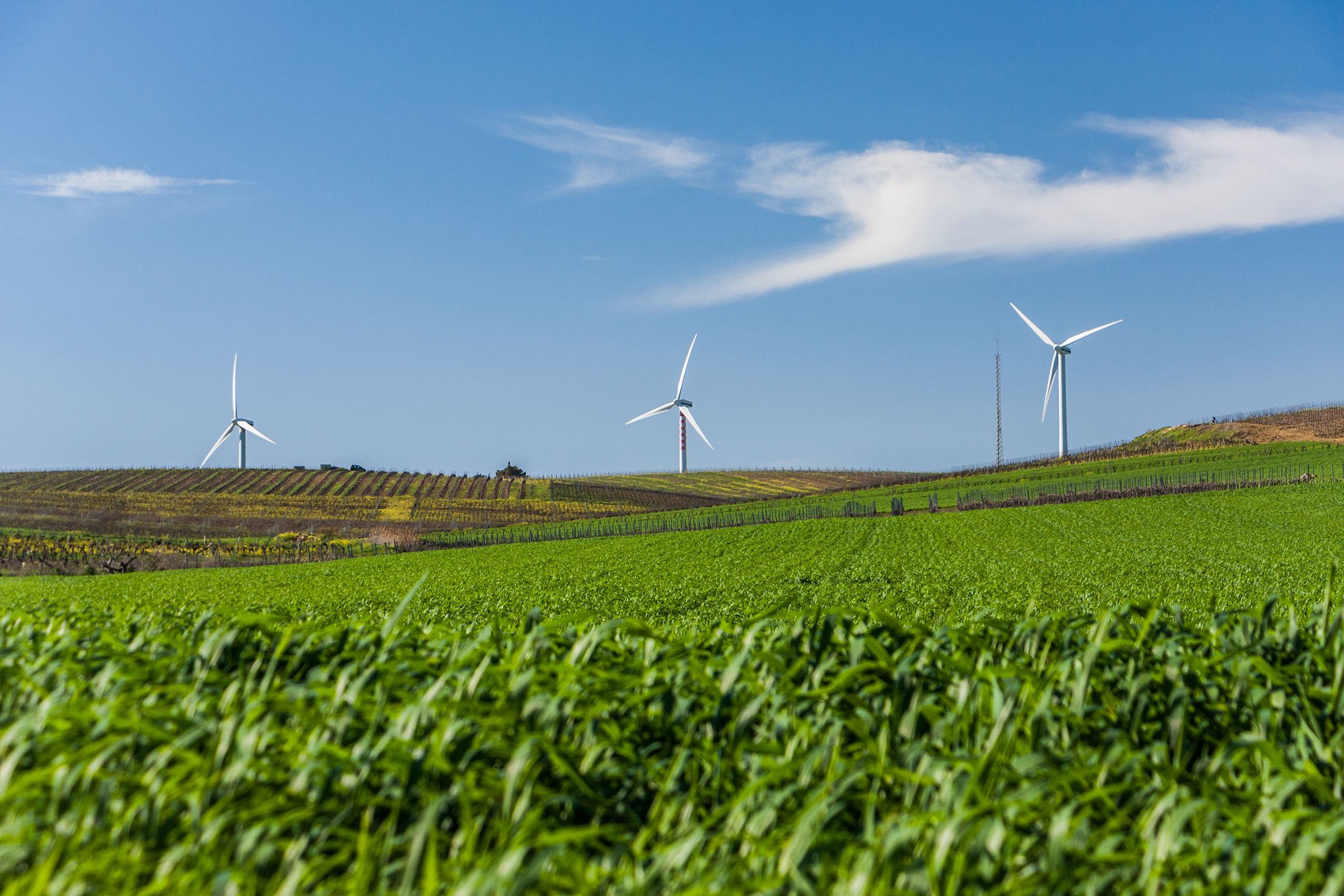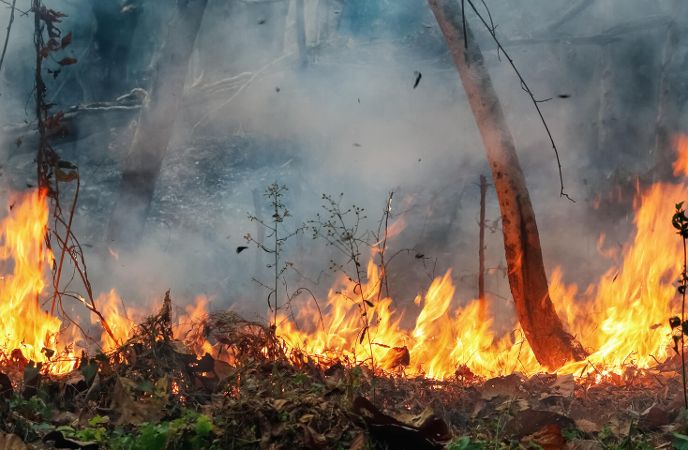As global temperatures continue to rise, scientists, policymakers, and industry leaders are seeking effective strategies to mitigate the risks and impacts from climate change.
TerraFIRMA is an innovative research programme at the forefront of climate change mitigation science.
What is TerraFIRMA?
TerraFIRMA (Feedbacks and Impacts in the Real-world Mitigation Actions) is a cutting-edge research project aimed at providing reliable scientific advice on climate change mitigation options. The programme recognises the urgency of addressing global warming and seeks to inform decision-makers in both government and the private sector about effective strategies to limit future climate change and understand the associated risks and socio-economic impacts.
Focus Areas
The TerraFIRMA programme will examine a range of climate mitigation strategies, from afforestation and rewilding to ocean alkalinity enhancement. It will also assess the impact of a rapid reduction in methane emissions and other pathways to net zero (i.e. not adding to the amount of greenhouse gases in the atmosphere).
TerraFIRMA’s work recognises that greenhouse gases come from a range of sources and that climate mitigation can be applied across sectors such as energy, transport, buildings, industry, waste management, agriculture, forestry, and other forms of land management.

A national collaboration
TerraFIRMA is led by the National Centre for Atmospheric Science, in collaboration with the Natural Environment Research Council-supported research centres.
Centres include: British Antarctic Survey, British Geological Survey, Centre for Polar Observation and Modelling, National Centre for Earth Observation, National Oceanography Centre, Plymouth Marine Laboratory and UK Centre for Ecology & Hydrology. The Met Office Hadley Centre is a key partner to TerraFIRMA.
Bringing together expert scientists and researchers across the UK, TerraFIRMA is making progress in key areas:
Ocean Alkalinity Enhancement (OAE)
The Paris Agreement aims to limit climate warming below 2.0°C by achieving net-zero carbon dioxide (CO2) emissions during the 21st century. In some sectors, carbon dioxide removal schemes will be needed to offset residual emissions. Researchers have used the UKESM model to investigate the mitigation potential of OAE. A recent study published in Earth's Future explored the effectiveness of coastal OAE in enhancing the ocean's capacity to store CO2. The findings showed that coastal OAE increased CO2 uptake with an efficiency of almost 0.8 mol carbon per equivalent alkalinity, with almost 50% of the additional CO2 uptake occurring away from OAE operations.

Methane Pledge Analysis
Researchers from NCAS, Met Office and UKCEH are using the UKESM1.0 model to investigate the mitigation potential of the Global Methane Pledge agreed upon at COP26 in Glasgow. This pledge aims to reduce anthropogenic methane emissions by 30% by 2030 compared to 2020 levels. Methane, one of the most potent greenhouse gases, is responsible for a third of current warming from human activities. The project is examining the climate forcing and air quality responses to the adoption of this pledge, as well as considering potential co-benefits resulting from mitigation of other short-lived climate forcers.

Land-Use Change and Afforestation
The programme is designing experiments to investigate the potential for climate mitigation associated with land-use changes, particularly focusing on afforestation.
Wildfire Research
Through the programme, researchers from the Met Office and UKCEH are contributing to research on the impact of climate change on wildfires and what this means for mitigation policy and the Paris Agreement. Recent studies have shown how climate change has increased the likelihood of unprecedented wildfires, such as those seen in Canada and parts of Amazonia last year.

The State of Wildfires report is the first edition of a new systematic annual review of extreme wildfires of the 2023-2024 fire season. The report explains their causes and assesses whether events could have been predicted. It also evaluates how the risk of similar events will change in future under different climate change scenarios.
Climate models used in the report suggest the frequency and intensity of extreme wildfires will increase by the end of the century, particularly in future scenarios where greenhouse gas emissions remain high.
The report shows that by 2100, under a mid-to-high greenhouse gas emissions scenario (SSP370), wildfires similar in scale to the 2023-24 season will become over six times more common in Canada. Western Amazonia could see three times as many extreme fire seasons. Similarly, years with fires on the scale of those seen in Greece during 2023-2024 are projected to double in frequency.
Increases in the future likelihood of extreme wildfire events, on the scale of 2023-2024, can be minimised by reducing greenhouse gas emissions. Following a low emissions scenario (SSP126) can limit the future likelihood of extreme fires. In western Amazonia, the frequency of events like 2023-24 is projected to be no larger in 2100 than in the current decade under a low emissions scenario. In Canada, the future increase in frequency of extreme fires is reduced from a factor of six to a factor of two, while in Greece the increase is limited to 30%.
“Whatever emissions scenario we follow, risks of extreme wildfires will increase in Canada, highlighting that society must not only cut emissions but also adapt to changing wildfire risks,” said Dr Douglas Kelley, Senior Fire Scientist at the UK Centre for Ecology & Hydrology.
“These projections highlight the urgent need to rapidly reduce greenhouse gas emissions and manage vegetation in order to reduce the risk and impacts of increasingly severe wildfires on society and ecosystems.”
The evidence of wildfire’s increasing threat, such as Canada’s fires driving an 8% rise in global fire emissions in 2023, highlights the urgent need for action.
"At 1.3°C of warming, we're already seeing fire-related impacts on carbon storage in ecosystems," said Dr.Chantelle Burton, Met Office climate scientist and lead author of another recent TerraFIRMA study - “Fire weakens land carbon sinks before 1.5 °C”, published in Nature Geoscience.
This research reimagines the Paris Agreement's temperature targets in the context of wildfire impacts, showing that to avoid large-scale forest loss and additional CO₂ emissions, critical thresholds may be as low as 1.3°C above pre-industrial levels. While some regions may face severe impacts sooner than expected, the findings also show hope: reducing emissions can delay the worst effects, with some areas not experiencing large-scale losses until 2.0°C or beyond.
Atlantic Ocean Heat and Arctic Climate Change
The programme also led research published in the Bulletin of the American Meteorological Society which examined the causes of the record-breaking sea surface temperatures in the North Atlantic and low sea ice extent in the Southern Ocean in 2023 and its implications for future climate scenarios.

The research, led by Dr.Till Kuhlbrodt, University of Reading, highlights the need to reliably attribute the oceanic and sea ice extremes to more accurately predict future extremes, inform mitigation policies and global climate-resilience.
This research ties into the Climate change in the Arctic – North Atlantic Region and Impacts on the UK or CANARI programme. The focus is on understanding how climate change in the Arctic and North Atlantic region will impact the UK and in particular extreme weather and the potential for rapid, disruptive change.
TerraFIRMA's work is crucial in providing the scientific foundation needed to inform effective climate change mitigation policies. By exploring a range of mitigation strategies and their potential impacts, the programme is working at the forefront of climate change mitigation science, helping to chart a course towards a more sustainable and climate-resilient future.


